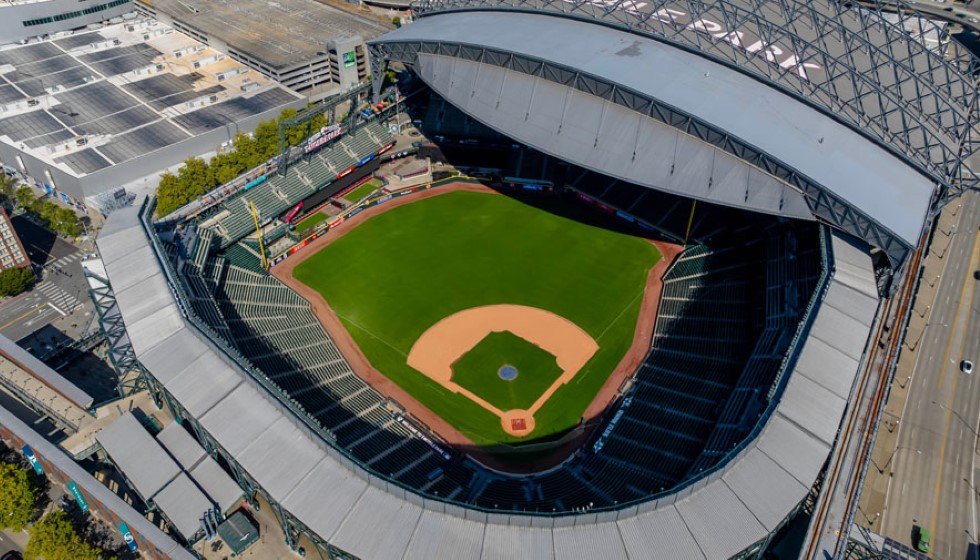
In the annals of Major League Baseball (MLB), few seasons match the sheer dominance and enduring legacy of Mike Marshall's 1974 campaign. As a stalwart reliever, Marshall broke through traditional roles and etched his name in history by pitching an astounding 200 innings in relief, a feat that remains unparalleled. His remarkable performance earned him the National League Cy Young Award, shattering the precedent that such accolades are reserved for starters.
Marshall's legacy emboldened other relievers to envision themselves as game-changers in an era predominantly ruled by starting pitchers. Sparky Lyle's Cy Young victory in 1977 for the American League was a testament to this evolving perception. Two years later, Bruce Sutter's win solidified his reputation as one of the most formidable closers of his generation, further proving that relief pitchers could dominate the highest levels of the sport.
The trend continued into the 1980s with legendary performances that bridged the expectations between starters and relievers. Rollie Fingers, one of the most iconic closers, secured both the American League MVP and Cy Young Award in 1981 with an impressive 78 innings pitched. Willie Hernandez emulated this rare double achievement in 1984, boasting a 1.92 ERA over 140 1/3 innings—a staggering workload for a reliever.
The following years saw continued excellence among relief pitchers, with Steve Bedrosian clinching the National League Cy Young in 1987, bolstering the save metric by converting 40 out of 48 chances and pitching 89 innings. Mark Davis's 1989 Cy Young Award win was defined by his effectiveness in converting 44 saves across 48 opportunities and pitching 92 2/3 innings.
Dennis Eckersley's historic 1992 season further elevated the reliever's role, as he claimed both the American League MVP and Cy Young Awards with 80 innings of masterful relief work. This level of dominance by relievers crested with Eric Gagne's 2003 Cy Young victory, marking the last instance post-Eckersley where a reliever hoisted the prestigious award.
In modern times, the bullpen remains a crucial component of any successful baseball team. Craig Kimbrel stands as a testament to this transition, having emerged as a bullpen stalwart ever since he was drafted specifically for relief duties. Notably, Kimbrel didn't start a single game in the minors until a rehabilitation stint in 2016, underscoring his commitment and adaptation to the role of a relief pitcher.
Aroldis Chapman's shift to the bullpen in 2010 marked another significant narrative in the evolution of relievers, blending raw speed with calculated precision. Emmanuel Clase represents the latest wave of dominant closers in MLB. In one of his standout seasons, Clase saved 38 games in 41 chances, with an astonishing 0.59 ERA and 0.67 WHIP, alongside 53 strikeouts over 61 1/3 innings and just seven unintentional walks.
However, despite his exceptional statistics, players like Tarik Skubal, Erick Fedde, Tyler Anderson, and Cole Ragans have outpaced Clase in American League pitcher WAR. Each of these pitchers adds a distinct blend of skill and strategy to the mound, with Fedde transitioning to the National League and Skubal expected to cautiously continue his performances through September. Anderson pitches with commendable metrics of a 4.46 FIP and 1.23 WHIP, while Ragans battles to maintain his strong showings amid recent injuries.
The narrative of the relief pitcher is one of revitalization and sustained excellence. From Marshall's revolutionary 1974 season to the blistering fastballs of Chapman and the precision of Clase, the bullpen continues to redefine its role within baseball's grand tapestry. The dynastic performances of mid-inning pitchers have illustrated that, given the right conditions and skill sets, they can shine just as brightly as the game's most celebrated starters.